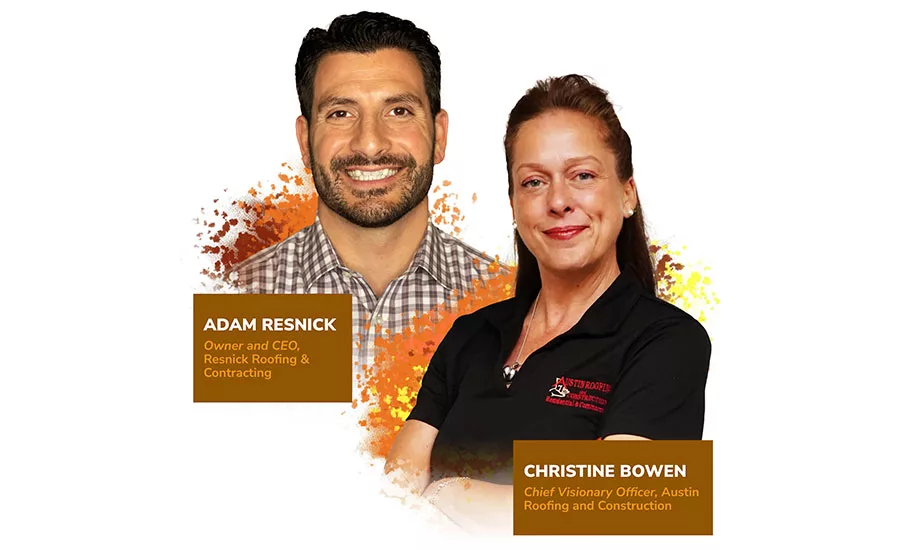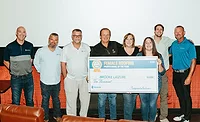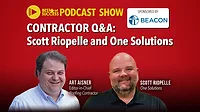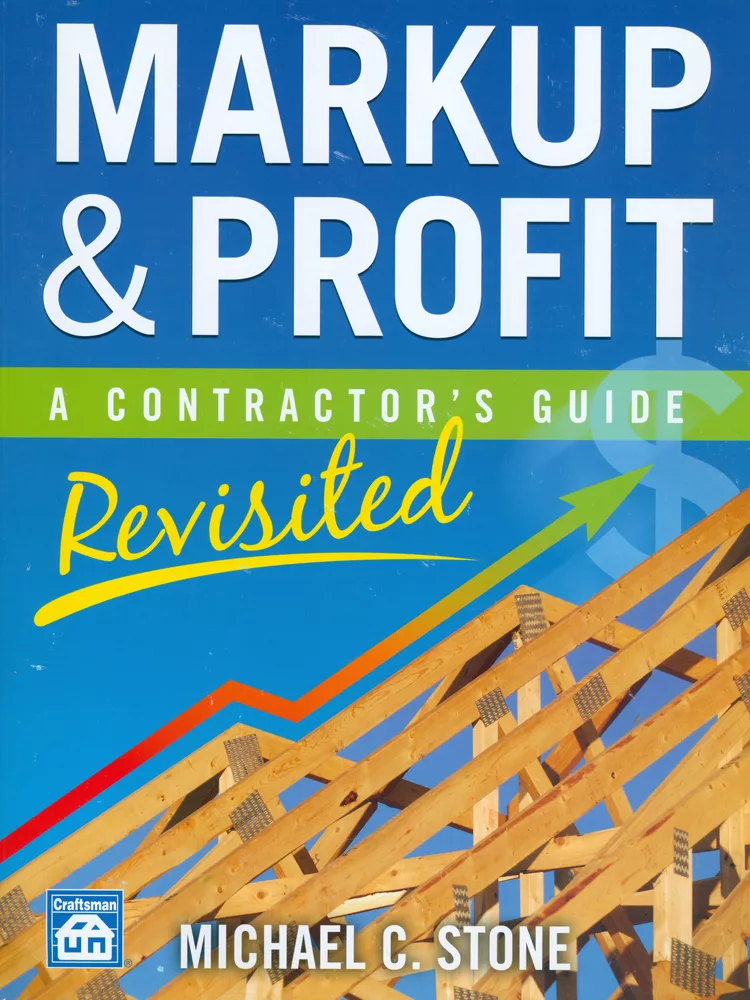Sponsored by GAF Energy
Contractor Q&A: Going Solar

The interest in solar roofing is on the rise in communities and markets one might not expect. While sun-soaked states like California, Arizona and Florida may lead the way in terms of popularity and solar applications, solar installations are happening in the Midwest, Mid-Atlantic and Northeast — and show little signs of slowing down.
RC recently caught up with a couple of roofing contractors and asked about why they recently added solar to their mix of roofing services and how it’s impacted their business. Here’s what we learned:
RC: HOW LONG HAVE YOU AND THE COMPANY YOU’RE WITH BEEN IN ROOFING?
Christine Bowen, chief visionary officer, Austin Roofing and Construction (CB): We opened our doors in 2013 with Tim Bowen, founder, as a third-generation roofer in Texas.
Adam Resnick, owner, Resnick Roofing & Contracting (AR): Since 2018.
RC: WHEN DID YOU BEGIN INSTALLING SOLAR PRODUCTS? WHY?
CB: We started installing solar roofs this year. GAF Energy just came out with their solar roofs and it is 60% of the cost of comparable solar roofs. Clients love them, we have a lot of sun and most everyone still remembers last year’s “Snowpocalypse.”
AR: We wanted to provide an option for our customers to reduce their carbon footprint as well as provide a clean energy source that affords them the opportunity to generate a return on investment with regard to their roof system.
RC: WHAT CHALLENGES DID YOU FACE TO INTEGRATE SOLAR INTO SALES OR OPERATIONS?
CB: None. GAF Energy’s solar roofs install just like a regular roof and then the electricians hook it all up for us. GAF handles a lot of the back-end work like permits, contracts, design and monitoring. So, it was really easy for us operationally to integrate them into our offerings.
AR: Understanding the intricacies of photovoltaic systems and becoming experts in the intricacies of solar energy production. On operations, this process was not so much challenging, but time consuming. We required all of our crews and employees to be certified, not only by the manufacturer on classroom testing, but through hands-on certification testing as well. Additionally, we have our own internal certifications that are done in our training facility.
RC: HOW DID YOU OVERCOME THOSE CHALLENGES?
CB: They made it easy with no real barriers to entry.
AR: We were able to lean on one of our most aligned partners, GAF Energy, to dedicate their installation and sales team to train our team. Because we were a pilot partner, GAF Energy dedicated a significant amount of resources to ensure we were ready to enter into the roof integrated solar arena.
RC: HOW HAS IT CHANGED YOUR ROOFING BUSINESS?
CB: We are able to help people generate on-site electricity, which helps us move toward sustainable energy as a community.
AR: Outside of now being able to provide our customers with a roofing solution that produces clean energy, our average roofing job size, in terms of contract value, has increased by approximately 15%.
RC: WHAT ARE THE KEY ASPECTS TO SELLING PROPERTY OWNERS ON THE VALUE OF SOLAR?
CB: Rising energy prices is the key aspect. Also off-setting the cost of plug-in vehicles.
AR: There are two main selling points: first, reduce your carbon footprint and produce clean energy. Second, return on investment. Take advantage of local, state, and federal tax credits and incentives, and most importantly, secure their position on the price of energy today through net metering (offsetting the cost of energy and getting paid by your local electric utility when you overproduce energy).
RC: ARE YOU SEEING ANY IMPACT ON WORKER PERFORMANCE OR PRIDE SINCE YOUR COMPANY STARTED INSTALLING SOLAR?
CB: The solar roofs cost more and, subsequently, they make more commission on the higher-ticket items. Less work, more money — it helps for retention.
AR: Frankly, this depends on the individual’s position on solar energy. For those in favor, there has been a significant amount of pride in being a part of an organization that is piloting the first energy producing shingle in the state of Pennsylvania. For those who have opposition toward solar energy, there are no issues, but obviously, the excitement levels are not as high. From a retention and recruitment standpoint, the category is exciting and injects energy into the minds of potential new hires who have a forward-thinking mentality.
RC: ANY TIPS OR INSIGHT FOR OTHER ROOFERS CONSIDERING SOLAR PRODUCT INSTALLATIONS?
CB: Keep up with the innovations.
AR: Learn all aspects of solar energy and photovoltaic systems like you have learned roofing. Simply understanding solar panels and inverters alone, as many roofing contractors that install solar do, is not enough. Understanding all aspects is paramount to becoming a solar consultant, just like we have become roofing consultants.
RC: WHAT DIDN’T WE ASK ABOUT?
CB: You are not mentioning the Investment Tax Credit (ITC) — a 30% federal tax credit. It’s a dollar-for-dollar discount on what you owe the IRS. Editor’s Note: See our cover story for more information on this tax credit.
AR: Working with the electrical trades and the electric utility companies. This has been a bit of a learning curve for our team. For example, understanding how conduit or how electric lines can affect aesthetics or logistics of an installation is very important to understand internally as well as from a customer-facing standpoint. If a customer ends up having a conduit running on the exterior of their home and they were not expecting this, they can potentially become dissatisfied if they are not made aware up front.
When working with electric permitting and gaining permission to operate, there isn’t always a sense of urgency from the utility company to move things along quickly. As a result, it is imperative to set proper expectations with your customers that, from the time of installation to the time where energy is actually being produced, it could take as long as eight to 12 weeks.
Looking for a reprint of this article?
From high-res PDFs to custom plaques, order your copy today!








